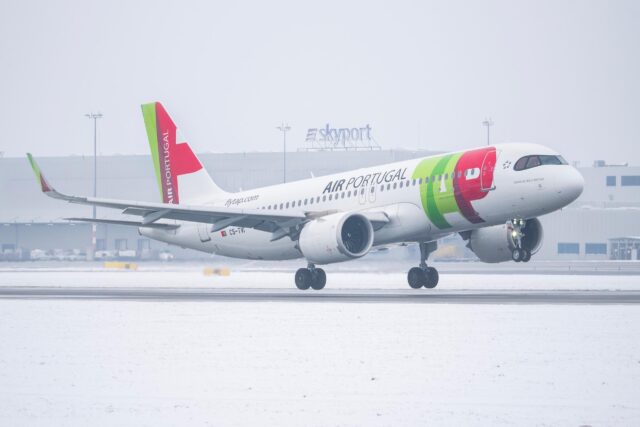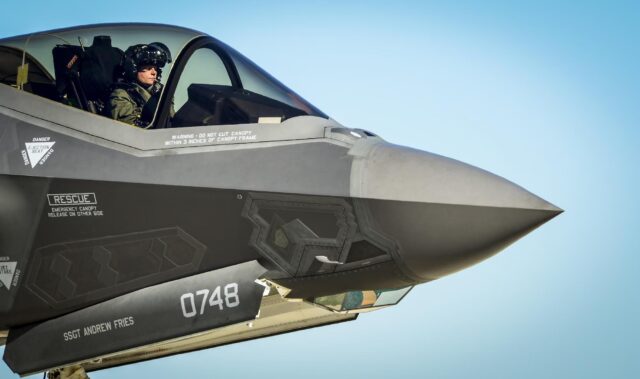The US is not ordering any more B-2 Spirit bombers: Here’s why

October 22, 2025

Twice this year, US President Donald Trump has claimed to have ordered a “pile” of “updated B-2s.” On one occasion, he said around 20, on another, 28. But as AGN can say with high confidence, these are almost certainly Northrop Grumman B-21 Raider bombers, not newly built B-2 Spirits. Here’s why.
Restarting B-2 production is practically impossible
The idea of reviving the B-2 Spirit line is implausible on every level. While the aircraft may superficially resemble the B-21, the two are separated by more than 30 years of technological evolution. It is unclear whether the B-21 has been described to Trump as an “updated B-2,” or whether he used that phrasing for simplicity.

The B-2 has been out of production for over two decades. Re-establishing the manufacturing line would mean rebuilding it from scratch. Most of the original tooling was destroyed or repurposed after production ceased in the early 2000s. Re-creating the enormous composite moulds used to shape the flying-wing structure would take years and cost billions.
The original tooling is largely gone, with much of it being destroyed or repurposed after production ceased in the early 2000s. Recreating the massive composite moulds for the structure would take years and cost billions.
Trump on B-2 Bombers:
— Polymarket Intel (@PolymarketIntel) October 16, 2025
We just ordered about 20 brand-new B-2 bombers. I know Putin — when I was riding with him in Alaska, we passed a lot of them and he said, ‘That really did the trick.’ I said, ‘Yeah, it did.’ pic.twitter.com/UHtIhagwSv
This is before considering the 8,000 subcontractors that supported the original programme, the majority of which no longer exist or have long since moved on. In reality, the United States is not ordering new B-2s – because it can’t.
The B-2 Spirit is no longer the bomber of the future
Northrop Grumman has already delivered its second B-21 Raider to the US Air Force, with two more due next year. Each costs around $700 million, compared with more than $2 billion for a B-2 in today’s dollars.
The B-21 isn’t a modest upgrade; it’s a clean-sheet, next-generation stealth bomber with far greater efficiency, maintainability, and all-aspect stealth shaping.

Until the B-21 enters operational service, likely in 2027 but could be rushed into service in 2026, the B-2 Spirit remains the world’s most advanced strategic bomber. However, the emergence of the B-21 renders the B-2 obsolete as a viable program for new production. The B-2 may be the most advanced bomber in service, but its design is 1980s technology.
Many of the B-2’s stealth composites, adhesives, and radar-absorbent coatings are no longer produced and have been superseded by those on the B-21. The B-2 may be incredibly stealthy, but it still only features early stealth shaping, again superseded by the B-21, which incorporates all-aspect stealth.
A hypothetical “B-2B” or “B-2C” redesign would be possible only with immense cost and time, and it would still underperform the B-21 while cannibalising its programme. The notion makes no strategic, financial, or industrial sense.
We reached out on this on Monday, USAF could not comment, but anyone who reports on U.S. airpower topics would know that this not B-2s, it's B-21s. The B-2 is not in production nor would it be in the future in any form. Trump meant B-21s. As for that number, possibly a planned… https://t.co/bLn3XSHUIl
— Tyler Rogoway (@Aviation_Intel) October 14, 2025
Even an upgraded B-2B would remain reliant on older F118-GE-100 engines and other ageing systems. This depends on how far down the rabbit hole of expensive and time-consuming redesigns one is willing to go.
Put another way, a new production B-2 would cost much more and be much less capable than the B-21, so why would it be built?
Upgrading its existing fleet of B-2s
The Air Force operates 19 mission-ready B-2s from an original fleet of 21. According to Breaking Defense, a $7 billion upgrade programme is underway to sustain these bombers until they can be replaced by the B-21 fleet in the 2030s. Planned improvements include modernised avionics, updated communications, and refreshed stealth coatings.

The Pentagon’s current budget includes more than $10 billion for the B-21 Raider and billions more for mid-life B-2 upgrades. It does not allocate a single dollar for restarting B-2 production, another clear indicator that no such order exists.
AGN reached out to the Pentagon for comment, but did not receive an informative reply due to the ongoing government shutdown.
Featured Image: US Air Force


















